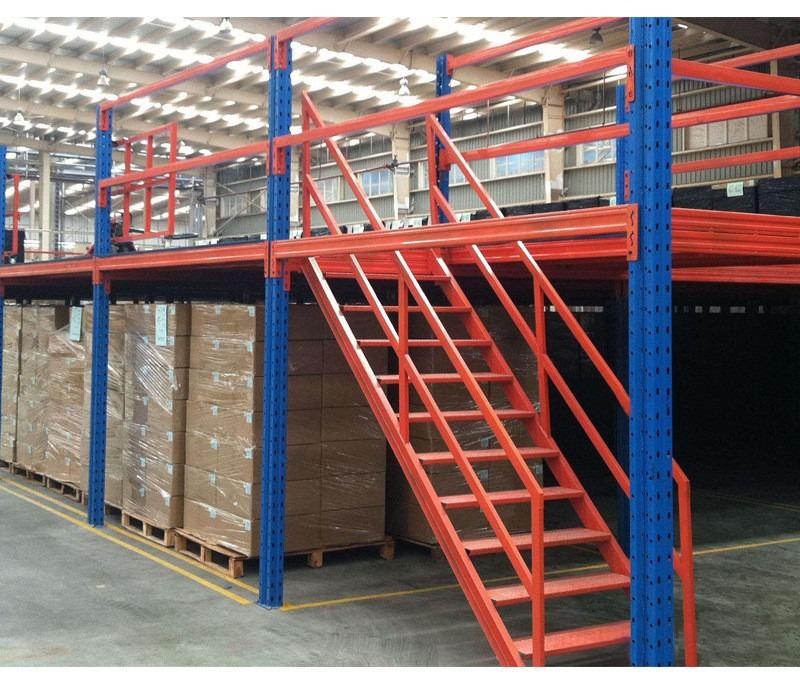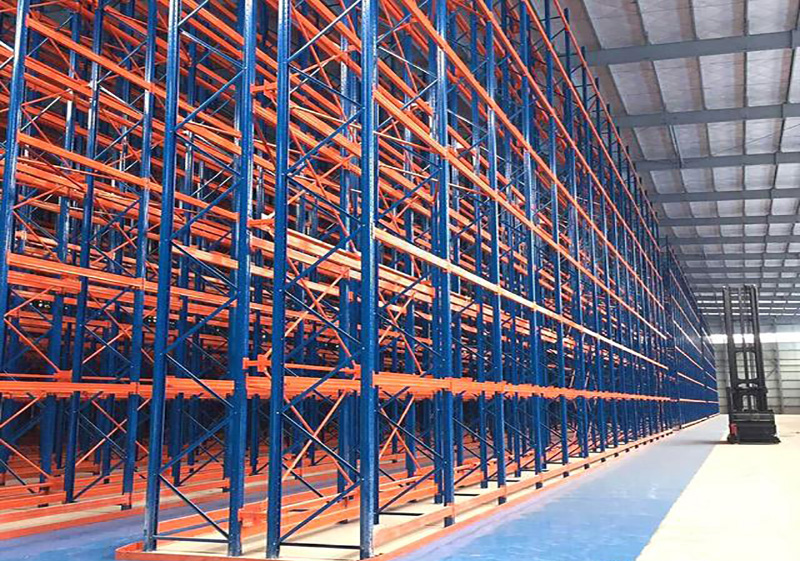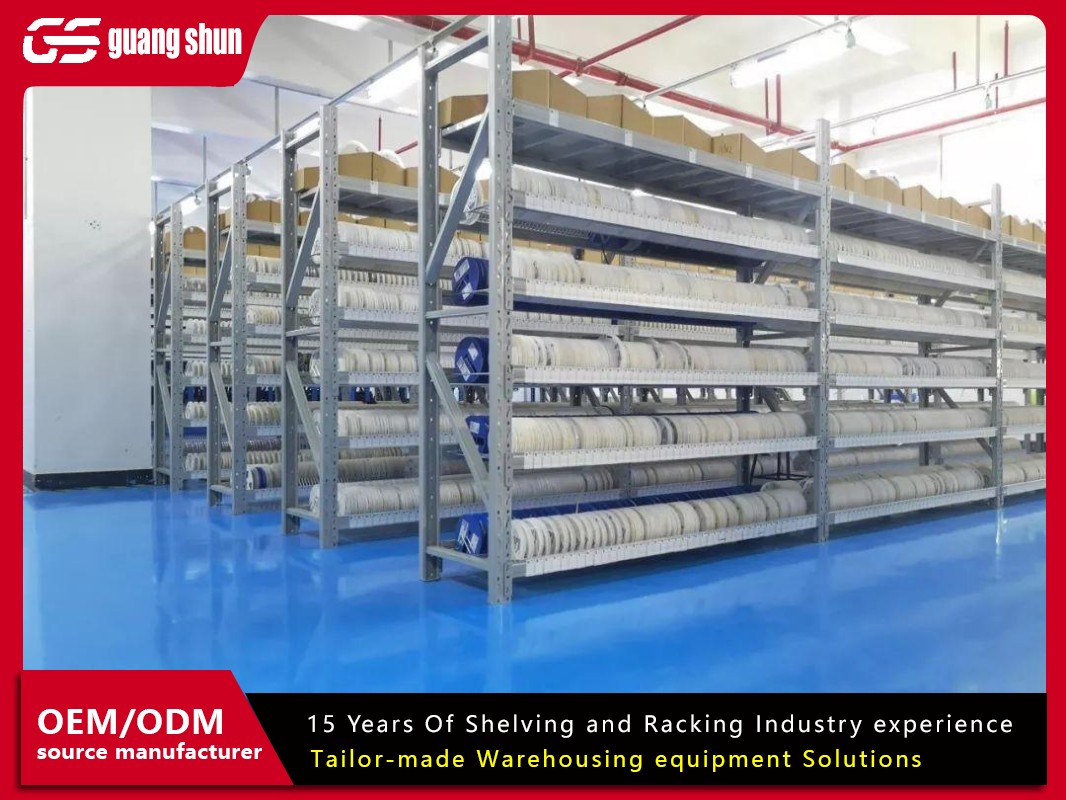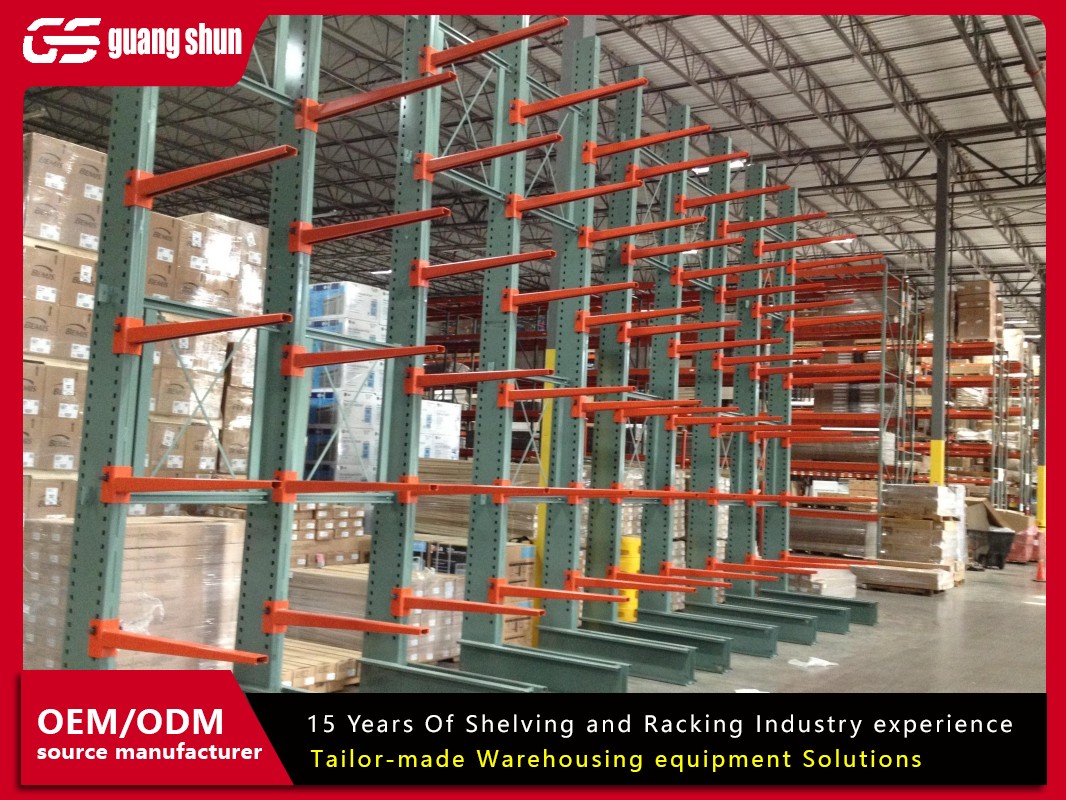Walk into a modern, high-density warehouse, and you might not see many forklifts driving down aisles. Instead, you might see a metallic shuttle gliding silently within a deep rack structure, moving pallets with robotic precision. This is the reality of a shuttle racking system, a technology that has fundamentally changed how many businesses approach dense storage. But with its advanced capabilities comes a significant cost consideration. Is it the right fit for your operation? This article cuts through the complexity, providing a clear analysis of how the system works, its financial implications, and the specific operational scenarios where it delivers the strongest return on investment.

Beyond Forklifts: How a Shuttle Racking System Actually Works
At its core, a shuttle racking system is a semi-automated storage solution designed for high-density pallet storage. It eliminates the need for a forklift to enter the racking aisle to store or retrieve a load. Instead, the system relies on two key components:
The Shuttle Cart: This is a battery-operated, radio-controlled vehicle that runs on rails inside the storage lanes. An operator, or a Warehouse Management System (WMS), instructs the shuttle to perform tasks. The shuttle cart moves horizontally through the lane, lifting, transporting, and depositing pallets onto the rails at designated positions.
The Rack Structure: The racking itself consists of multiple deep lanes, often several pallets deep, on either side of a single, narrow operating aisle. The structure is similar to drive-in racking but is designed with precision rails for the shuttle to travel on.
The operational process is straightforward. A forklift operator places a pallet at the front of a lane. The shuttle vehicle is then inserted into that lane, either manually or automatically. With a simple command, the shuttle takes the pallet and carries it to the first available empty space deep within the lane. For retrieval, the command is reversed; the shuttle travels into the lane, retrieves the required pallet, and brings it to the front where the forklift operator can pick it up. This method of pallet shuttle operation dramatically reduces forklift activity and operator labor.
The Financial Breakdown: Analyzing the Cost of a Shuttle System
The upfront cost of a shuttle racking system is undeniably higher than that of conventional selective pallet racking. However, the financial analysis must look beyond the initial price tag to the total cost of ownership and operational savings. Key cost factors include:
Hardware Investment: This includes the cost of the shuttle carts themselves, which are sophisticated electronic devices, and the custom-designed rack structure with integrated rails.
Software and Controls: While basic systems use radio remotes, more advanced setups integrate with a WMS for fully automated inventory management and task orchestration, adding to the cost.
Installation and Commissioning: The installation of a semi-automated storage system is more complex than conventional racking and requires specialized technicians.
Operational Savings: This is where the investment pays off. Savings are realized through:
Labor Reduction: A single forklift operator can manage multiple shuttle operations, significantly reducing labor costs per pallet moved.
Space Utilization: By utilizing very deep lanes and a single access aisle, shuttle racking can increase storage density by up to 80% compared to selective racking, reducing the required warehouse footprint and associated real estate costs.
Productivity and Speed: Pallet movement is faster and more predictable, increasing overall throughput, especially during peak periods.
Damage Reduction: With less forklift traffic inside the racks, damage to both the racking and the stored goods is substantially minimized.
Ideal Applications: Where a Shuttle Racking System Shines
A shuttle racking system is not a one-size-fits-all solution. It delivers maximum value in specific operational environments:
High-Density Storage of Homogeneous Products: It is perfect for operations with high quantities of a limited number of SKUs (stock-keeping units). Beverage, food, and pharmaceutical industries often fit this profile.
FIFO and LIFO Inventory Management: The system can be configured for both First-In, First-Out (FIFO) and Last-In, First-Out (LIFO) workflows. FIFO is ideal for perishable goods, while LIFO is often sufficient for non-perishable items.
Cold Storage Environments: The shuttle racking system is exceptionally well-suited for cold stores and freezers. By minimizing the time forklifts and operators need to spend in the freezing environment, it improves working conditions and saves enormous amounts of energy that would otherwise be lost through open doors.
Throughput with Limited Space: For companies that need to store a large volume of goods but have a constrained building footprint, the incredible density offered by this automated storage and retrieval technology is a game-changer.

Making the Choice: Key Considerations Before Implementation
Deciding to invest in a shuttle racking system requires a thorough evaluation of your current and future needs. Ask yourself these critical questions:
What is your SKU profile? If you have a vast number of unique SKUs with low pallet volume each, a conventional system might be more flexible. The shuttle system thrives with high-volume, slower-moving SKUs.
What is your required throughput? Calculate your average and peak daily pallet movements. While the shuttle system is fast, the single access aisle can become a bottleneck if the number of forklifts is insufficient to service all shuttles during high-volume periods.
Is your operation stable? The system is less adaptable to frequent, drastic changes in pallet size or weight. A degree of product uniformity is assumed.
What is your budget for technology? Consider not just the purchase price but also the long-term maintenance of the shuttle carts and their software. Having a spare shuttle on-site is a common practice to avoid operational downtime.
The Critical Role of Integration and Maintenance
Success with a shuttle racking system hinges on more than just buying the hardware. Proper integration into your warehouse workflow is essential. This often involves software integration to ensure the WMS can communicate effectively with the shuttles, directing them for optimal put-away and picking sequences.
Furthermore, a proactive maintenance plan is non-negotiable. The shuttle carts are mechanical devices with batteries, sensors, and motors. Regular servicing, software updates, and having a clear protocol for troubleshooting are vital to maintaining the high levels of efficiency the system is designed to provide. A well-maintained pallet shuttle system can serve an operation reliably for over a decade.
The shuttle racking system represents a significant step toward warehouse automation, offering a powerful blend of high density, improved efficiency, and operational cost savings. While the initial investment is substantial, the return can be compelling for the right business—typically one with high-volume, homogeneous products and a need to maximize every square foot of space. By carefully weighing your operational profile against the system's strengths and requirements, you can make a confident decision on whether this advanced form of semi-automated storage will drive your productivity forward.
Frequently Asked Questions (FAQs)
Q1: What is the main difference between a shuttle racking system and drive-in racking?
A1: Both systems provide high-density storage, but the key difference is automation. Drive-in racking requires a forklift to drive directly into the rack structure to place and retrieve each pallet, which is time-consuming and increases the risk of damage. A shuttle racking system uses an autonomous shuttle cart to perform this movement inside the lane, which is faster, safer, and requires less skilled labor from the forklift operator.
Q2: Can a shuttle system handle different pallet sizes?
A2: This depends on the specific system. Generally, a shuttle racking system is configured for a specific pallet size and weight per lane. To handle different pallet sizes, you typically need to dedicate specific lanes to each size or use adjustable shuttles and rack rails, which can add to the complexity and cost. It is not as flexible as selective racking for mixed SKU environments.
Q3: How does the shuttle car get from one lane to another?
A3: In a standard semi-automated storage setup, the shuttle cart is transferred between lanes by a forklift operator. The operator uses the forklift to pick up the shuttle from one lane and place it at the entrance of another. More advanced, fully automated systems may include a transfer car at the end of the aisles that can move the shuttle between lanes without human intervention.
Q4: What happens if the shuttle car breaks down or loses power?
A4: Redundancy is a critical planning factor. Most operations purchase at least one spare shuttle cart to swap in immediately if a primary unit fails. The shuttles are battery-operated and are typically charged at a dedicated station. Well-designed systems have fail-safes to prevent a shuttle from getting stuck in the middle of a full lane, and manual retrieval procedures are part of the standard maintenance training.
Q5: Is shuttle racking considered a fully automated system?
A5: Typically, it is classified as a semi-automated system. While the shuttle automates the movement of pallets within the lane, it still requires a forklift and an operator to bring pallets to the lane front, insert and remove the shuttle, and transport pallets to and from the racking. It is a significant step towards full automation but falls short of a lights-out warehouse where robotic cranes handle all movement.







